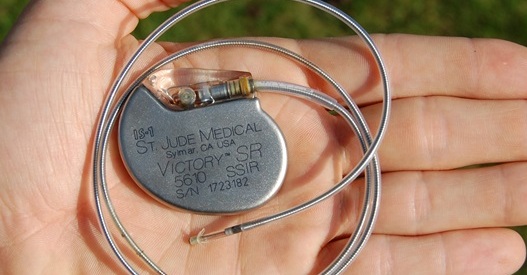
Scientists from Canada have developed the first functional pacemaker cells using human pluripotent stem cells.
The cells can regulate heart beats with electrical impulses. It paves the way for alternate biological pacemaker therapy.
Key Points
Pluripotent stem cells have the potential to differentiate into more than 200 different cell types that make up every tissue and organ in the body.
These cells can be coaxed in 21 days to develop into pacemaker cells. For this purpose researchers had used developmental-biology approach to establish a specific protocol for generating pacemaker cells.
These human pacemaker cells were tested in rat hearts and have shown to function as a biological pacemaker, by activating the electrical impulses that trigger the contraction of the heart.
Significance of this research
Learning how to generate pacemaker cells could help in understanding disorders in pacemaker cells, and provide a cell source for developing a biological pacemaker.
Biological pacemakers offers promising alternative to electronic pacemakers and overcome their drawbacks as a lack of hormonal responsiveness and t inability to adapt to changes in heart size in pediatric patients.
Comment
In general Sinoatrial node pacemaker cells are the primary pacemaker of the heart that controls the heartbeat throughout life.
Defects in these pacemaker cells can lead to heart rhythm disorders that are commonly treated by implantation of electronic pacemaker devices.
A pacemaker is a device which is placed in the chest or abdomen to help control abnormal heartbeats using low-energy electrical impulses.
Current Affairs 26th December, 2016 Current Affairs Round Up Bullet Points, November, 2016 Current Affairs Round Up Bullet Points, October, 2016

Join The Discussion